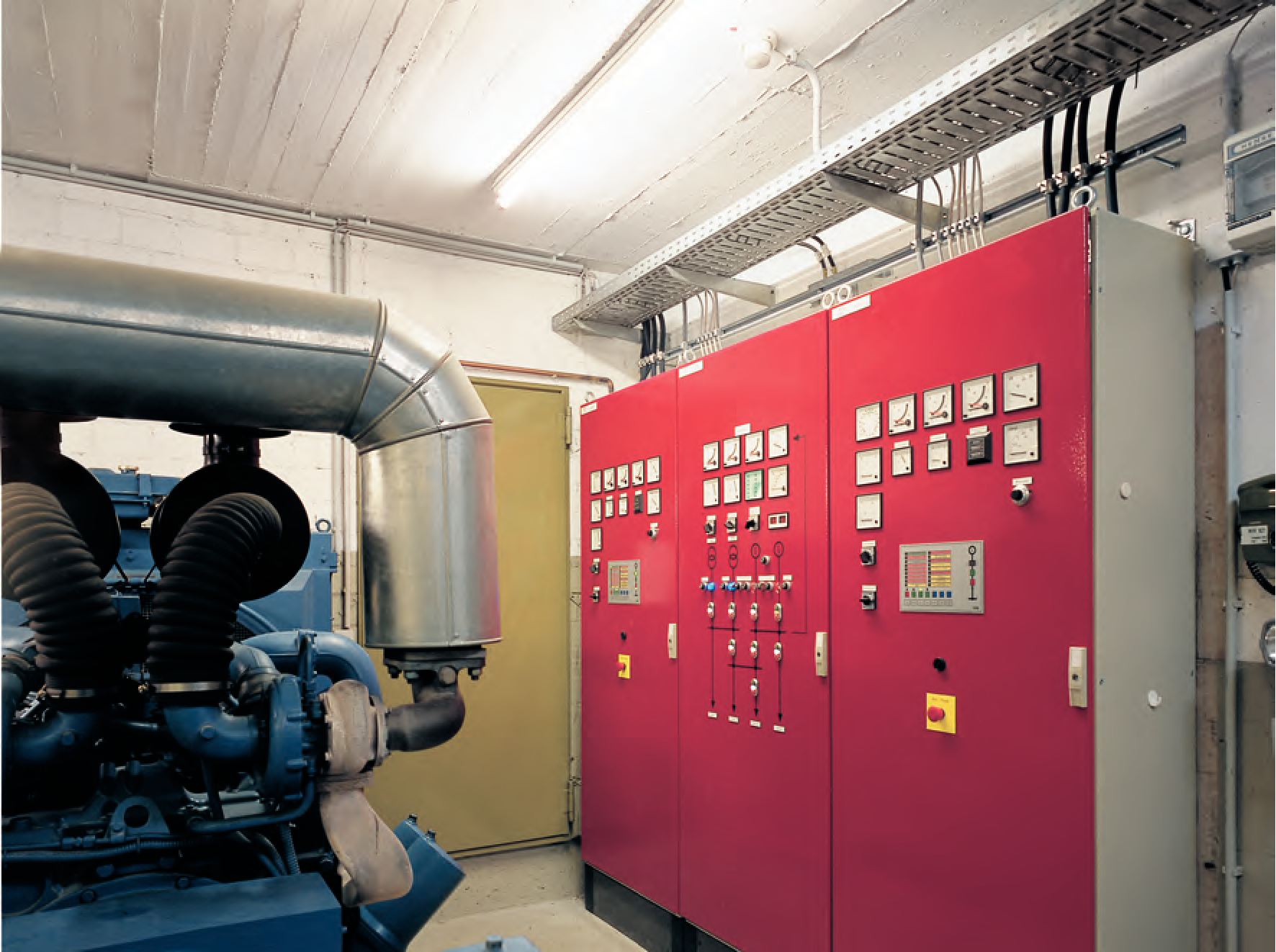
Operating conditions

The manufacturer assumes product liability for operation according to the information stated on the luminaire’s type plate and in its installation instructions. Test performed by independent testing institutions (e.g. for ENEC certification) concern this information (see chapter "Safety symbols for luminaires").
In case of operation outside of documented conditions, all certification symbols lose their validity and product liability expires. Particularly regarding use of retrofit light sources, the light source provider/the retrofitting person assumes liability for safety and error-free functionality of the light source in connection with the luminaire (see also chapter "Luminaire labelling").
For some operating conditions e.g. permissible ambient temperature, there are standard values unless otherwise specified.
TRILUX luminaires with LED and for fluorescent-lamp operation with ECG are designed for a nominal voltage of 230 V ± 10% (230V +6% / -10% in case of luminaires for fluorescent lamps with LLCG) at a nominal frequency of 50 Hz and an ambient temperature of 25°C.
Regarding ambient temperature, there are varying specifications for LED luminaires due to the pronounced dependence of service life and luminous efficacy on temperature. The rated ambient temperature (ambient) is the highest ambient temperature permissible for operating the luminaire.
The rated temperature tq (quality) is the highest temperature at which the photometric characteristics and service life specifications from the data sheet apply (see chapter "Service life of LED luminaires"). The maximum temperature tq therefore cannot be higher than ta. These values are particularly important in usage areas with temperatures typically exceeding 25°C.
Particularly manufacturing halls with high ceilings often feature significantly higher temperatures at the height of the luminaire level. Luminaire manufacturers often also specify rated service life for higher tq values for luminaires typically used in such environments.
In any case, the ambient temperature must not exceed the temperature ta since that would mean safe luminaire operation could no longer be ensured. To achieve the photometric specifications and the service life listed in the data sheet, the actual ambient temperature must also correspond to the temperature tq or lower.
Deviating operating conditions would be:
operating voltage and mains frequency, e.g. on trains and in vehicles
ambient temperatures, e.g. in cold stores or boiler houses
humidity and other chemical or physical influences, e.g. salt fog, plasticisers released by plastics, gases, maritime and tropical climates, UV radiation, particular cleaning methods
dust and foreign objects
mechanical vibration
In some cases, there are standardised testing methods for special operating conditions. In any case, luminaire manufacturers’ experience accounts must be considered when using luminaires under deviating operating conditions.
In particular, it is important to consider that plastic parts have become important functional components in many modern luminaires. In intended use, the resistance of the plastics is ensured. Improper strain and damaging influences can impact their resistance. Elevated operating voltage, excessive ambient temperatures and possibly incorrect installation lead to increased temperature strain on the plastics and can deform, embrittle or discolour them. High-pressure mercury vapour lamps with a pronounced UV radiation component as well as germicidal lamps expose plastics to excessive UV radiation, which can result in yellowing or embrittlement. The release of plasticisers (e.g. from cable insulations or seals that are not heat-resistant) and unsuitable cleaning agents can be aggressive substances for plastics and lead to cracking, decreased solidity and surface damage.
When submitting enquiries to manufacturers, this means that usually further information is required, e.g. on active agents, their concentration in the room air as well as ambient temperature and humidity.